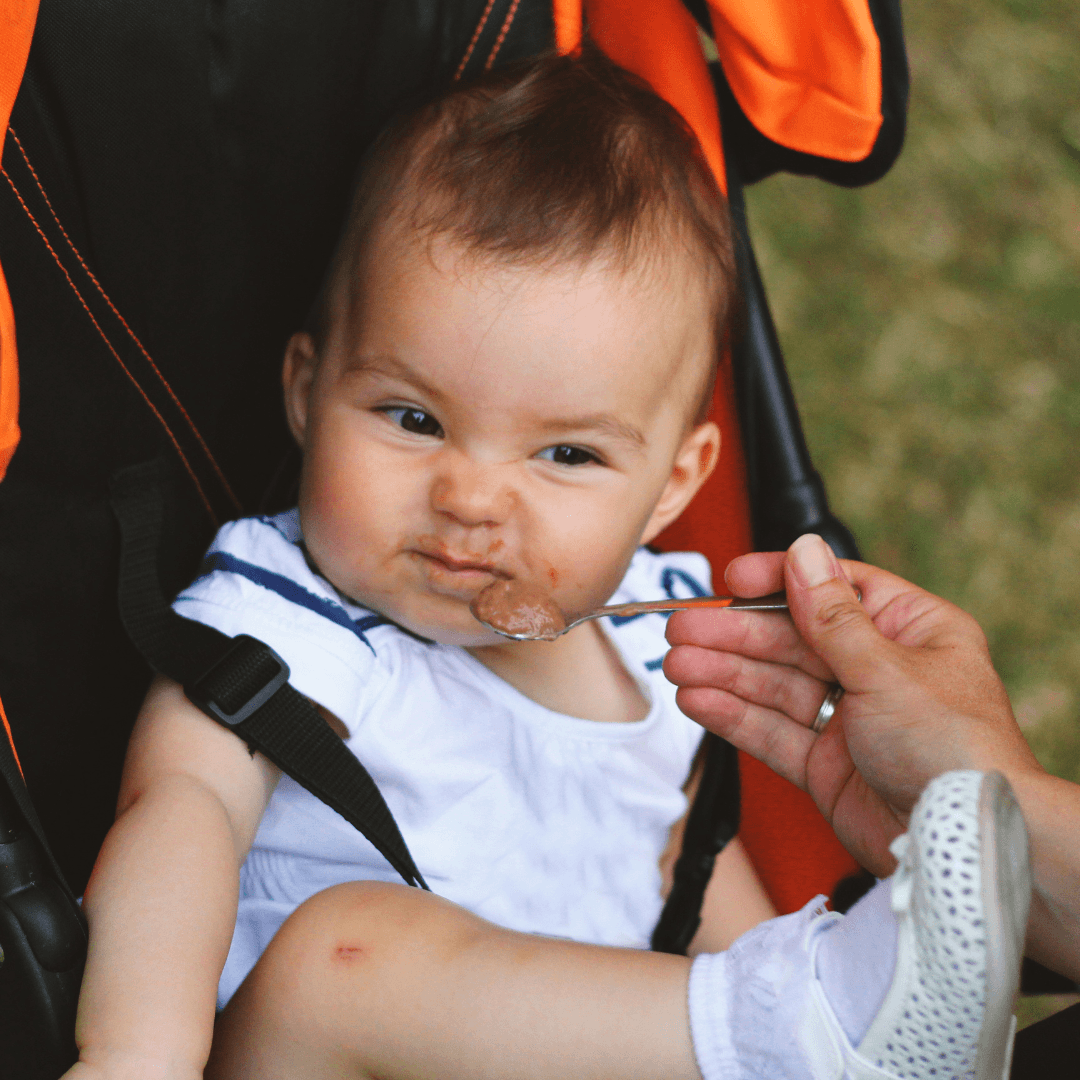
Even if you are only reading your baby's 'hunger signals', parenting before 100 days becomes much easier. Today, we're going to talk about what signals a baby sends when they’re hungry, step by step.
Step-by-Step Hunger Signs in Your Baby
Step 1
Tongue fluttering or lip tingling.
Your baby may not be very hungry, but these are signs that they’re a little hungry. Breastfeeding when they are too hungry can cause your baby to gasp and reflux (vomiting) in the baby, so you want to try to prevent them from reaching that level. Ideally, breastfeed when your child is fluttering their tongue or moving their lips, showing that they’re experiencing the right level of hunger for you to breastfeed.
Step 2
Baby turns their head and licks their lips.
The baby turns their head and licks their lips. Here, they are smelling the milk and trying to figure out where their mother's milk is. In the process, the baby may also grimace. This is a sign that they are quite hungry, so it is a good time to breastfeed.
Step 3
Similar to Step 2 - but your baby makes a squeaky noise or wiggles their feet.
These are the signs your baby displays just before crying. Their face is more contorted than in situation 2, and their cries may take on a squeaky sound. You want to avoid a situation where only your baby’s head moves and they struggle with their feet. This is a sign that the baby is very hungry, so feed them right away!
Step 4
Your baby is crying.
When a baby is hungry, the final signal they produce is crying. When a child starts to cry because they are hungry, they are not being well soothed. If you want to breastfeed while your baby is crying, you may feel you should refuse to breastfeed because your baby is not feeling well, which makes feeding difficult, but it is often a sign that you should try and breastfeed.

Are there any other indicators?
1. Amount of Urination
2. Confirmation of Weight Gain
3. The Baby is Suckling
2) Is your baby constantly suckling?
3) Does your child concentrate without shaking their limbs? Then you know that you are producing and giving enough breast milk.
Author: Kwon Hyang-hwa
- IBCLC International Breastfeeding Specialist
- Worked as the director of a postpartum care center for 10 years.







